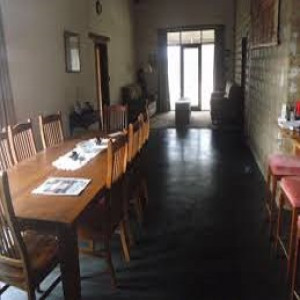| TecEco Pty |

| No Title | 0 MB |
| Registration Date | 12 Jan 2020 |
| Revision Date | 12 Jan 2020 |
| Share |
Construction Masonry Materials
CementTec-Cement is made by blending a small amount of reactive magnesia[1] with conventional hydraulic cements like Portland cement. As the magnesia[1] hydrates it consumes water forming brucite hydrates which can later deliver more water for the more complete hydration of other hydraulic cement components adding to long term strength development. We maintain that lime should not be allowed to remain in concrete as it is far too mobile and reactive. Put some in your next cup of tea if you do not believe this! In Tec-Cement concretes lime produced as a result of the hydration of Portland cement is consumed by what is known as the pozzolanic reaction with silica and alumina and replaced by brucite which is magnesium hydroxide and a much more stable and less soluble alkali. The result is that durability is significantly improved. Tec-Cements are more complex to understand than Enviro and Eco-Cements but like them are relatively low alkali and therefore can be used as a repository for a large range of waste materials some of which can contribute properties to the resulting composites. The reactive magnesium oxide used in Tec-Cements is currently made from magnesite(a carbonate compound of magnesium) found in abundance. TecEco hope to make Tec-Cement using magnesium from sea water and carbon dioxide produced by power stations.
Tec-Cement is a new type of more sustainable cement which incorporates reactive magnesia[1] and wastes that is much more durable and encourages the greater use of pozzolans and is therefore more sustainable. Wastes such as fly ash and slag can potentially be included in higher proportions as Tec-Cement concretes harden more quickly in the early stages of setting and are easier to finish even when these wastes are added. Wastes such as fly ash and slag can potentially be included in higher proportions without loss in long term strength development